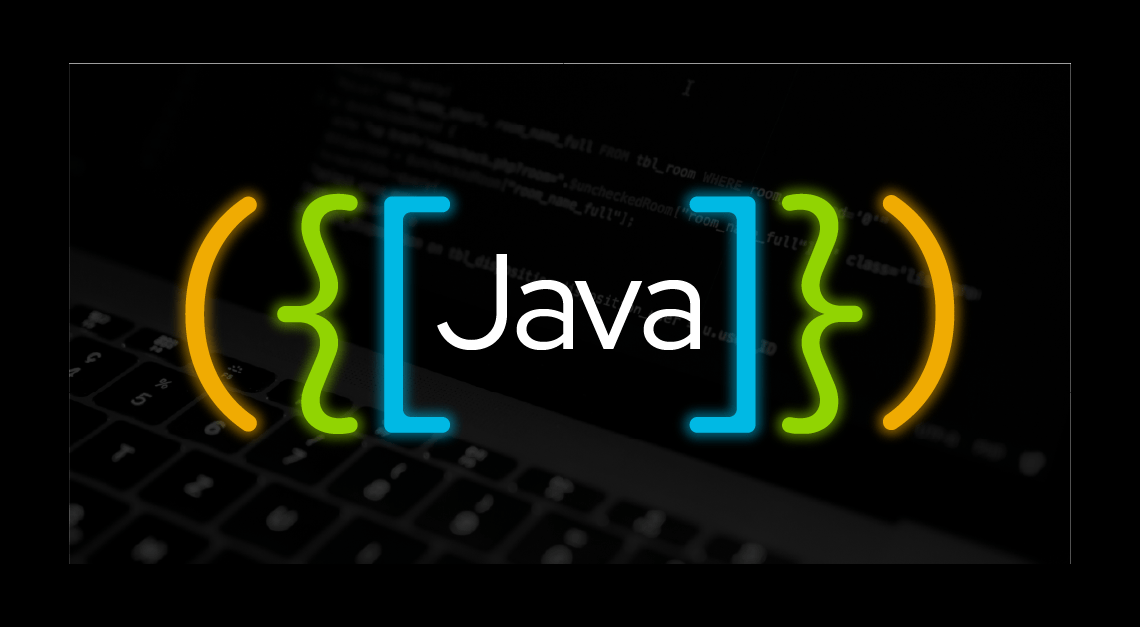Java is a versatile and widely used programming language, but like any other language, it’s important to optimize your Java applications for performance. Inefficient code can lead to slow response times, increased resource usage, and a poor user experience. In this article, we will explore various techniques for optimizing the performance of your Java applications.
1. Profiling and Benchmarking
One of the first steps in optimizing Java performance is profiling your application. Profiling helps you identify performance bottlenecks by analyzing the runtime behaviour of your code. Tools like VisualVM and YourKit provide valuable insights into your application’s performance characteristics. Benchmarking is another crucial technique that involves measuring the impact of optimizations and ensuring that your changes have a positive effect on performance.
2. Memory Optimization
Efficient memory management is essential for Java applications. Garbage collection can impact performance significantly, so it’s crucial to understand how it works and optimize your code accordingly. Techniques like object pooling, weak references, and memory profiling can help reduce memory overhead and improve performance.
3. Multithreading and Concurrency
Java’s support for multithreading and concurrency can be a powerful tool for performance optimization. However, it’s essential to understand thread safety and synchronization mechanisms to avoid issues like race conditions and deadlocks. Leveraging Java’s built-in concurrency libraries, such as java.util.concurrent, can help you write high-performance, thread-safe code.
4. Data Structures and Algorithms
Choosing the right data structures and algorithms is fundamental to optimizing Java applications. Utilizing efficient data structures like ArrayLists, LinkedLists, and HashMaps can make a significant difference in performance. Understanding algorithm complexity and using appropriate algorithms (based on Big O notation) is crucial for optimizing computational efficiency.
5. I/O Optimization
I/O operations, such as file I/O and network communication, can be major performance bottlenecks. To optimize I/O, consider techniques like buffering, asynchronous I/O, and the use of libraries like Java NIO (New I/O). These strategies can help reduce latency and improve overall system responsiveness.
6. Just-In-Time (JIT) Compilation
Java’s Just-In-Time (JIT) compiler dynamically compiles bytecode into native machine code, which can lead to performance improvements over time. Monitoring and understanding JIT activity using options `-XX:+PrintCompilation` can help you fine-tune your application’s performance.
7. Code Profiling and Analysis
Profiling tools, such as VisualVM and YourKit, are invaluable for identifying performance bottlenecks in your code. Analyzing profiler results and making informed optimizations is a crucial step in the performance optimization process. Regularly profiling and analyzing your code can lead to significant performance gains.
8. Caching Strategies
In Java, you can implement in-memory caching using libraries like Guava or Caffeine. For distributed applications, consider using distributed caching solutions to enhance scalability.
9. JVM Tuning
Java Virtual Machine (JVM) tuning is essential for optimizing Java applications. JVM flags like -`Xmx`, -`Xms` and `-XX:MaxPermSize` allow you to allocate memory and tune garbage collection settings according to your application’s needs. Careful JVM tuning can prevent memory-related performance issues.
10. Continuous Monitoring and Optimization
Optimizing Java performance is an ongoing process. Continuous monitoring using tools and performance testing are essential for ensuring that your application maintains its desired level of performance. Setting up alerts and automated performance testing can help you proactively address performance issues.
Conclusion
Optimizing Java performance is a multifaceted endeavour that requires a deep understanding of the language and its runtime environment. By applying the techniques mentioned in this article and keeping an eye on emerging best practices, you can ensure that your Java applications perform efficiently and provide a smooth user experience. If you’re looking to deepen your knowledge of Java and its performance optimization techniques, consider enrolling in a reputable Java course institute in Lucknow, Meerut, Noida, Delhi or other cities in India. These institutes offer structured learning programs that can help you master Java programming and its various aspects, including performance optimization.



